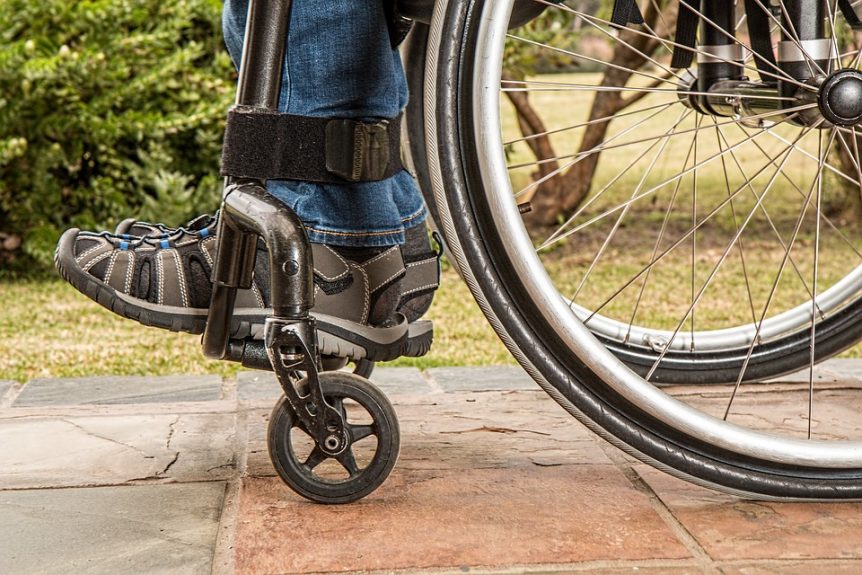A lot of people spend their adult lives living in an apartment and, at least in major cities, the landlords claim that those are handicap accessible apartments. When searching for listing, a wheelchair symbol is generally displayed on ads and on signs. These apartments generally have ramps and handicap parking spaces, and the unit is generally at ground floor. While these are important issues, there is actually a lot more to making an apartment truly handicap accessible.
What Are Handicap Accessible Apartments?
These types of apartments were either built for or adapted to people who are disabled. This means that they have wider doors, access ramps, parking facilities, grab rails, accessible bathrooms, and more. Unfortunately, most so-called handicap accessible apartments offer some, but not all of that. As a tenant, you are allowed to make modifications, but you must return the property to its original state if you want to move. Another significant issue is the fact that apartment buildings must have the same amount of handicap parking spaces as what they have ground floor apartments, but this is rarely enforced.
So what are the features that you can expect to find in a truly good accessible apartment? They include:
- Barrier-free access starting at the car parking space and going to the unit. In an ideal situation, all apartments are barrier-free.
- Automatic door openers and/or self-closing entrance doors, with zero thresholds.
- Fully open floor plan on all ground floor apartments.
- Entrances that are at least 36″ wide in all doorways.
- Lower counter units in the kitchen, as well as knee space at the cooktop and sink.
- Hardwood or tiled floors, but never carpet.
- Grab bars in the bathroom, an accessible tub/shower, a toilet at chair height, knee space under the sink, and sufficient space to turn around. More ideas on the same can be found on websites similar to absolutemobility.co.uk.
Unfortunately, these simple and necessary conditions are not found in most accessible apartments. One of the key reasons for this is because it is costly to implement these changes. It is certainly true that you will find all of these features included in newly built apartment complexes, but older multifamily units are significantly lacking to this day. Equality and diversity regulations, and laws preventing the discrimination of disabled people are still relatively new, or at least newer than the construction date of most existing complexes. Work is being done to make it obligatory by law to have accessible apartments meet the standards as described above, but they are not in place yet. The result is that many people who are wheelchair-bound continue to have significant difficulties in finding housing. Once this law is in place, and hopefully soon, apartment owners/building managers, will need to look for construction companies to do this level of work so they meet the correct standards set out. Using contractors such as Multi-M may be on the agenda, or contractors in local areas, depending on the work that needs doing and where it is located. As long as these changes go ahead, it will mean more inclusivity for everyone.
Luckily, there has been a real drive to ensuring people who are disabled no longer have to be segregated into purpose-built accommodation where they are simply kept together. It is now widely understood and accepted that a physical disability does not mean people can not live independently in the same way as abled people can. Thankfully, this is changing the world for the better, one ramp at a time.
- Best learning toys for children as they age - July 19, 2023
- Luxury yacht charter vs. standard yacht charter: Which is right for you? - February 7, 2023
- Comfortable Shoes for Being on Your Feet All Day - January 10, 2023

Like It? Share It!